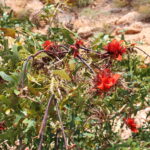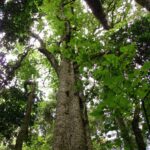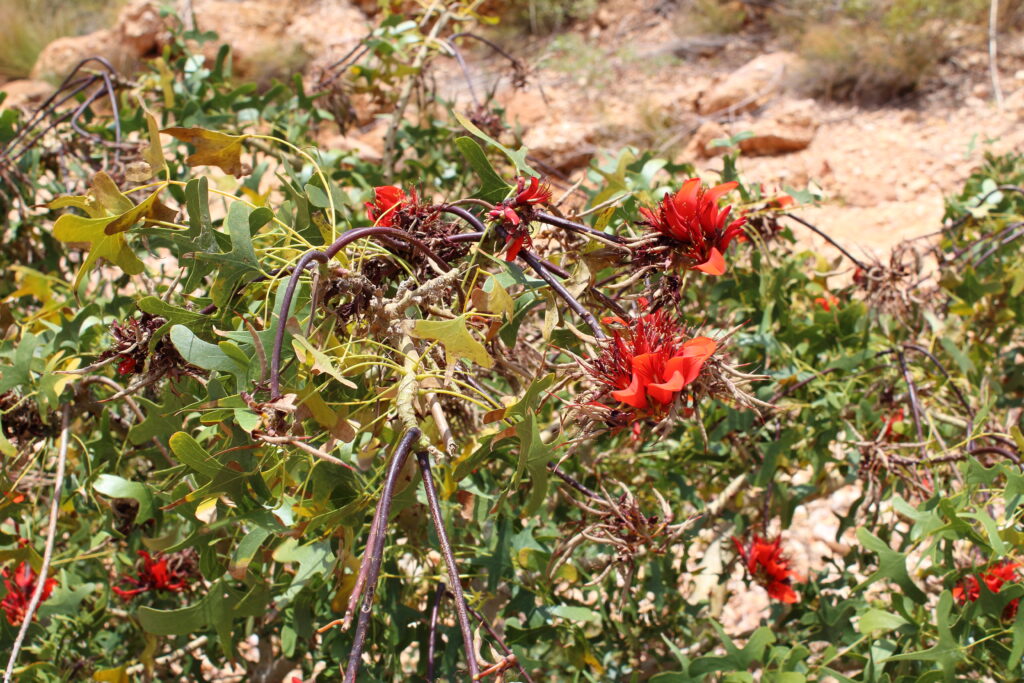Protected Magazine
Deciduous Trees of Bunya Mountains
The first question we might ask is, ‘What is a deciduous tree?’ and the next question might be, ‘Why are some trees deciduous and some are not?’ The next question might be, ‘Are there any deciduous trees in the Bunya Mountains and if so, how many?’
Deciduous is defined as the falling or shedding of any plant part and is of Latin origin. In temperate zones this occurs in the autumn when light levels decrease, and the tree detects that the photosynthesis process has reduced. It then goes into a form of ‘hibernation’ and its leaves lose their chlorophyll and turn yellow, orange, or brown before falling off. In tropical, subtropical, and arid regions this happens in the dry season. Many deciduous plants flower when they are leafless, as this increases the visibility of the flowers for the pollinators.
If you look at a gardening climate zone map of Australia, you will see that the Bunya Mountains are in the warm temperate zone. The climate is cooler in summer than the surrounding areas by 5 to 6 degrees, and cold in the winter with frost and occasional snow.
Listed below are 4 trees here that lose all their leaves in the winter. The leaves of the first 2 on the list, turn yellow in autumn before falling off. They all remain leafless until the spring. The Bats Wing Coral Tree gets its new leaves in early December and are preceded by a show of brilliant orange flowers, although the flowering is not an annual event.
 * White Cedar – Melia azedarach
* White Cedar – Melia azedarach
* Bats Wing Coral Tree – Erythrina vespertilio
* Red Cedar – Toona ciliata
* Koda – Ehretia acuminata
Throughout Australia there are many, many species of Brachychiton trees and shrubs that are deciduous or semi-deciduous. On the Bunyas the bottle tree group are deciduous but only very briefly. The 3 species that grow here all have a leaf drop prior to flowering. They are:
* Bottle Tree – Brachychiton rupestris
* Lacebark – Brachychiton discolor
* Flame Tree – Brachychiton acerifolius

The only Grevillea species that grows on the Bunyas, indeed the only member of the entire Proteaceae family to which it belongs, is the Silky Oak, Grevillea robusta. There is a leaf drop in spring prior to the arrival of bright yellow flowers.
Although listed as an evergreen tree, the Giant Stinging Tree, Dendrocnide excelsa, has a major leaf drop in late November or early December. The leaves have 5-millimetre-long silicon hairs on the underside of the leaf which break off with contact to the skin. They can deliver a painful sting even when dry.

